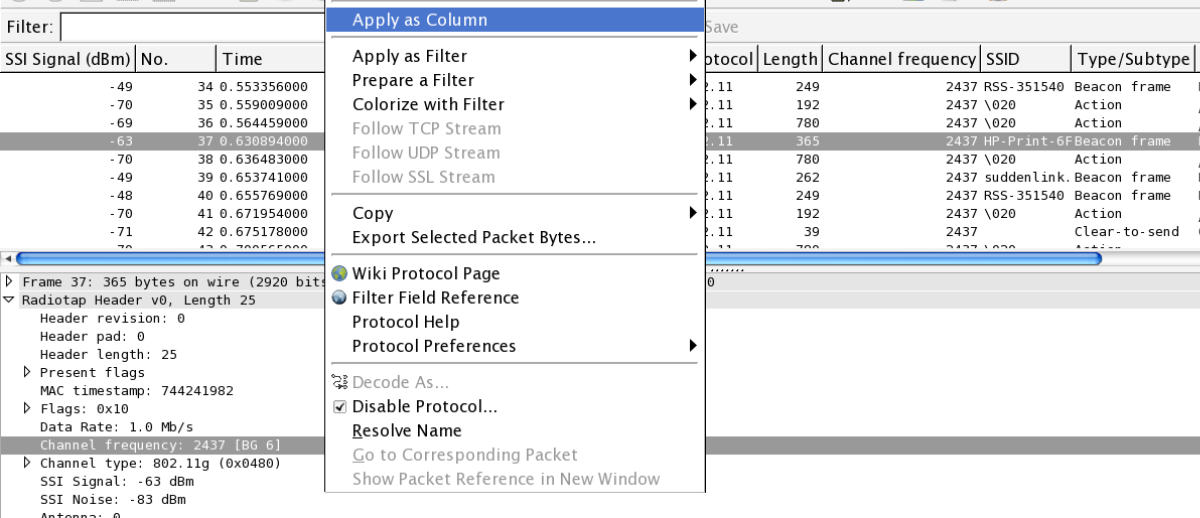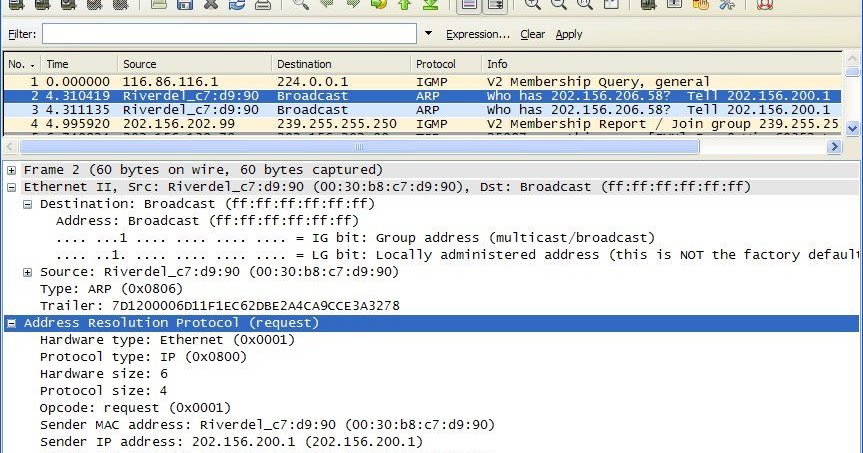


There are many reasons and purposes for capturing packet traces, but perhaps the most common is for network troubleshooting purposes, either to identify a connectivity issue, or to better understand a particular networking issue. Why capture a packet trace, and what good does sniffing packets do? We’re not going to cover interpreting the results or what you can do with the information found in the capture file in this specific walkthrough. What you do with the capture file and its contents is up to you.

The screen shot below shows what this looks like in the CPA app: If you want to, you can change the file extension from wcap to pcap and you’ll be able to open the output file in other apps too, including Cocoa Packet Analyzer (App Store link) as well. Browsing the packet capture file through the command line will look like the following: This file can be viewed from the command line with tcpdump, or with an app like WireShark. Opening the WCAP / PCAP Capture File in Mac OS X wcap extension and include the time of the packet capture, the name should look something like “2017.04.20_17-27-12-PDT.wcap”. The captured packet file will appear on the desktop with a.

Choose “Open Wireless Diagnostics” from the list to open the wi-fi utility.Option+Click on the Wi-Fi menu item in the OS X menu bar.This process will automatically disconnect from any active wireless network and transmission on the Mac, instead dedicating the Macs wi-fi card to sniff wireless network traffic and to capture detected data into a packet transfer file. How to Sniff Packets with Wireless Diagnostics in OS X


 0 kommentar(er)
0 kommentar(er)
